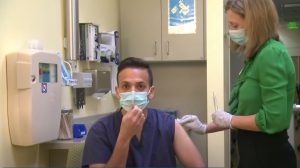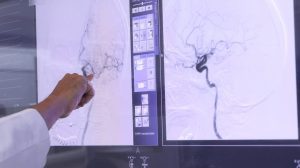NEW YORK (Reuters Health) – As many as 4 in 10 boys with testicular torsion require orchiectomy, according to a report in the September 23rd online issue of The Journal of Urology.“Boys with testicular torsions are often diagnosed late in the disease process,” Dr. Lee C. Zhao from Northwestern University, Chicago, Illinois told Reuters Health in an email. “Consequently, by the time the patients present, detorsion may be too late to salvage the testis. Thus, the rate of 41.9% for orchiectomy at time of scrotal exploration for testicular torsion is not unexpected.” Dr. Zhao and colleagues used data from the Agency for Healthcare Research and Quality sponsored Healthcare Cost and Utilization Project KID to investigate the current incidence of testicular torsion and the current rates of orchiectomy and attempted testicular salvage in patients younger than 18 years. Based on data from 2006, the annual incidence of operation for testicular torsion is at least 3.8 cases per 11359,000 males younger than 18 years. Among 2443 patients 31 days to 17 years old who had a diagnosis of testicular torsion and who underwent surgery in the 2000, 2003, and 2006 KID, 1023 (41.9%) required orchiectomy, and 1420 (58.1%) had attempted testicular salvage. Orchiectomy was more common in younger patients, reaching 78.9% of patients younger than 1 year old. In a multivariable logistic regression model, the youngest age quartile (younger than 10 years old) was 58% more likely than the oldest age quartile to require orchiectomy. Other factors that independently increased the odds of orchiectomy were Medicaid insurance (a 39% increase) and black race (a 33% increase). “In current practice, the rate of orchiectomy for patients who undergo surgery for testicular torsion is about 40%,” Dr. Zhao concluded. “This figure is valuable for surgical counseling and as a baseline rate by which to measure efficiencies of health care systems.” “Earlier presentation to the emergency department and prompt diagnosis may be vital to reduce the rate orchiectomy,” Dr. Zhao said. “Unfortunately, limitations in the database utilized for this research — the Kids’ Inpatient Database — did not include data on time from onset of symptoms to surgical exploration.” Pediatric Testicular Torsion Epidemiology Using a National Database: Incidence, Risk of Orchiectomy and Possible Measures Toward Improving the Quality of CareJ Urol 2011;186:2009-2013.




